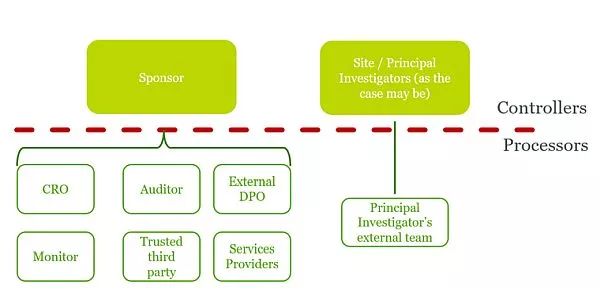In a historic move, members of the Northwestern University football team recently took initial steps to form a union and seek collective-bargaining rights with the university. Shortly thereafter, the team filed a petition with the National Labor Relations Board (NLRB). In a decision that has some experts scratching their heads, the Board's Regional Director in Chicago issued a decision finding that scholarship athletes are, in fact, employees under the National Labor Relations Act and are eligible to vote for union representation.
Can A Team Huddle Up Around A Union?
Never before has a college sports team sought union status. This union-petition page in the college-sports playbook gives rise to a new wrinkle in federal labor law. If the decision stands, (Northwestern has already stated it will appeal to the full five-member Board in Washington) what will it mean for Northwestern as well as the future of college sports programs across the country?
Hail Mary Attempt Successful
Many observers believe that the student athletes face long odds in their quest for a union. Despite the broad, common-law definition of employee that was ultimately used favorably by the NLRB in its decision, exceptions to that analysis (which denied employee status and therefore the right to unionize) previously applied to graduate-student teaching assistants were considered precedential in this case.
In 2004, the graduate student assistants at Brown University, another private institution, sought union representation and collective bargaining rights. Graduate student assistants receive some type of pay or tuition remission for their work. However, the NLRB denied the students access to a union vote. The key point of the Brown University ruling was that the graduate students were more closely tied to the university for purposes of their own education and not due to their employment as teachers. In other words, they were students who incidentally taught as part of their education.
In this case of first impression, the NLRB decided not to alter the Brown University decision, but instead struck out on its own to create new precedent for scholarship athletes at private universities. In so doing, the NLRB simultaneously stated that the Brown University decision did not apply because football is not related to academic study; it went through each factor in that decision to show why the Brown University factors were not met. Furthermore, the NLRB ruled that walk-ons were not employees, as they did not receive pay, in the form of a scholarship, and thus failed to meet the definition of employee.
The NLRB Throws Out The Playbook
This ruling opens up a multitude of different concerns for the student athletes and universities alike. Basic questions are at stake, such as 1) the amateur status of the student athletes; 2) whether a university with a student-athlete union can use that to its advantage in recruiting; or 3) whether a private institution can recognize a student-athlete union where a public-sector institution of higher education may be restricted from doing so under state law.
Regardless of whether the football players ultimately win bargaining rights, the efforts of the Northwestern team are a very interesting development in labor relations. It has a far more sweeping effect than the question of whether these players are allowed to have a union or not. It not only raises the question of whether a student athlete is an employee under federal labor law, but addresses the relationship of colleges and universities and their student athletes.
The content of this article is intended to provide a general guide to the subject matter. Specialist advice should be sought about your specific circumstances.

